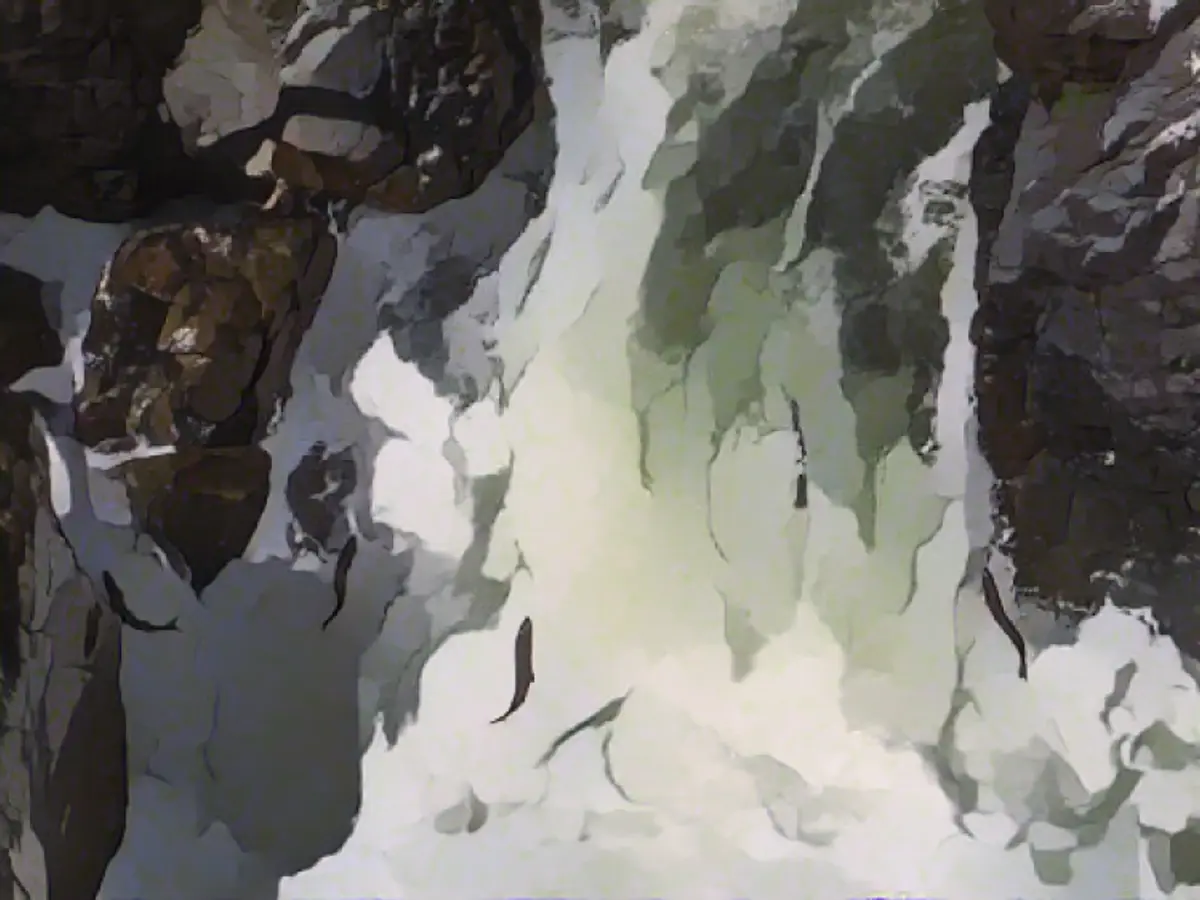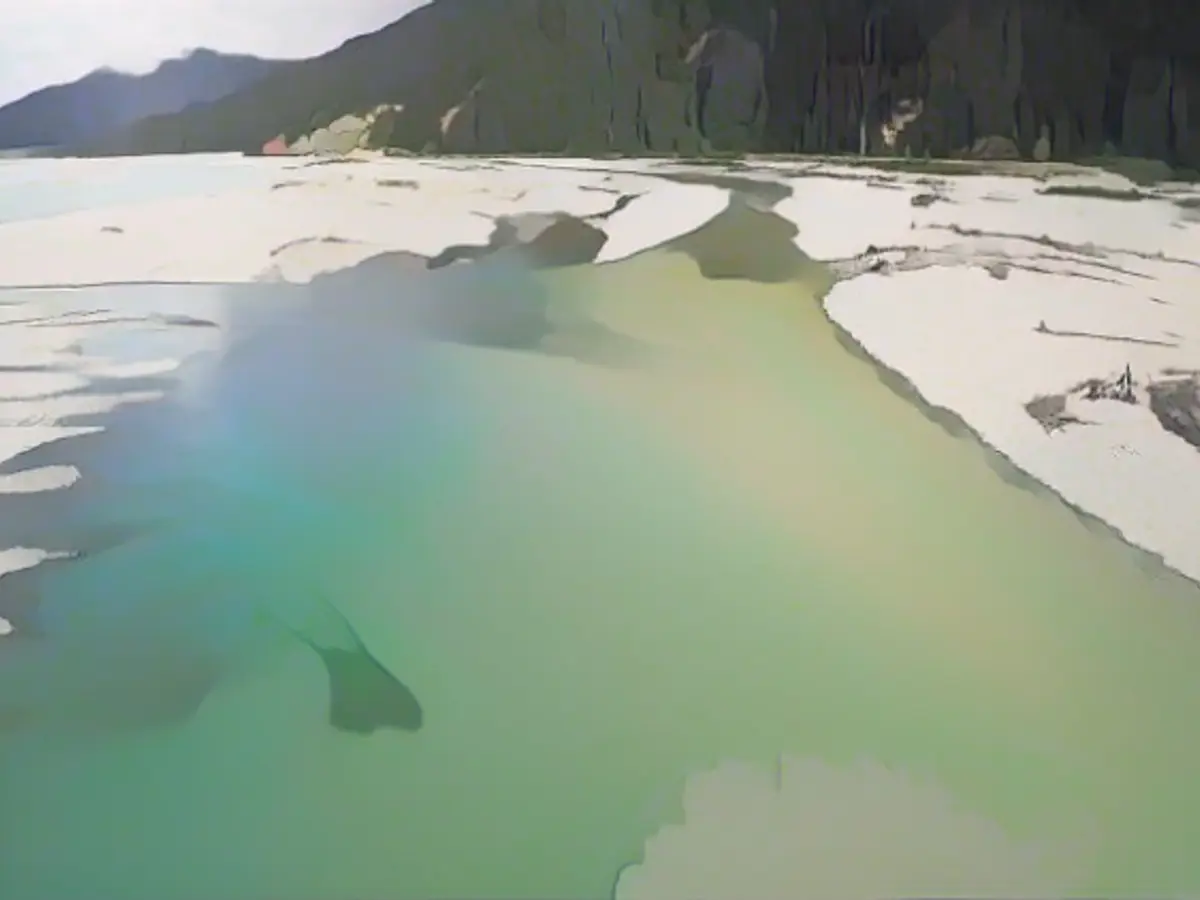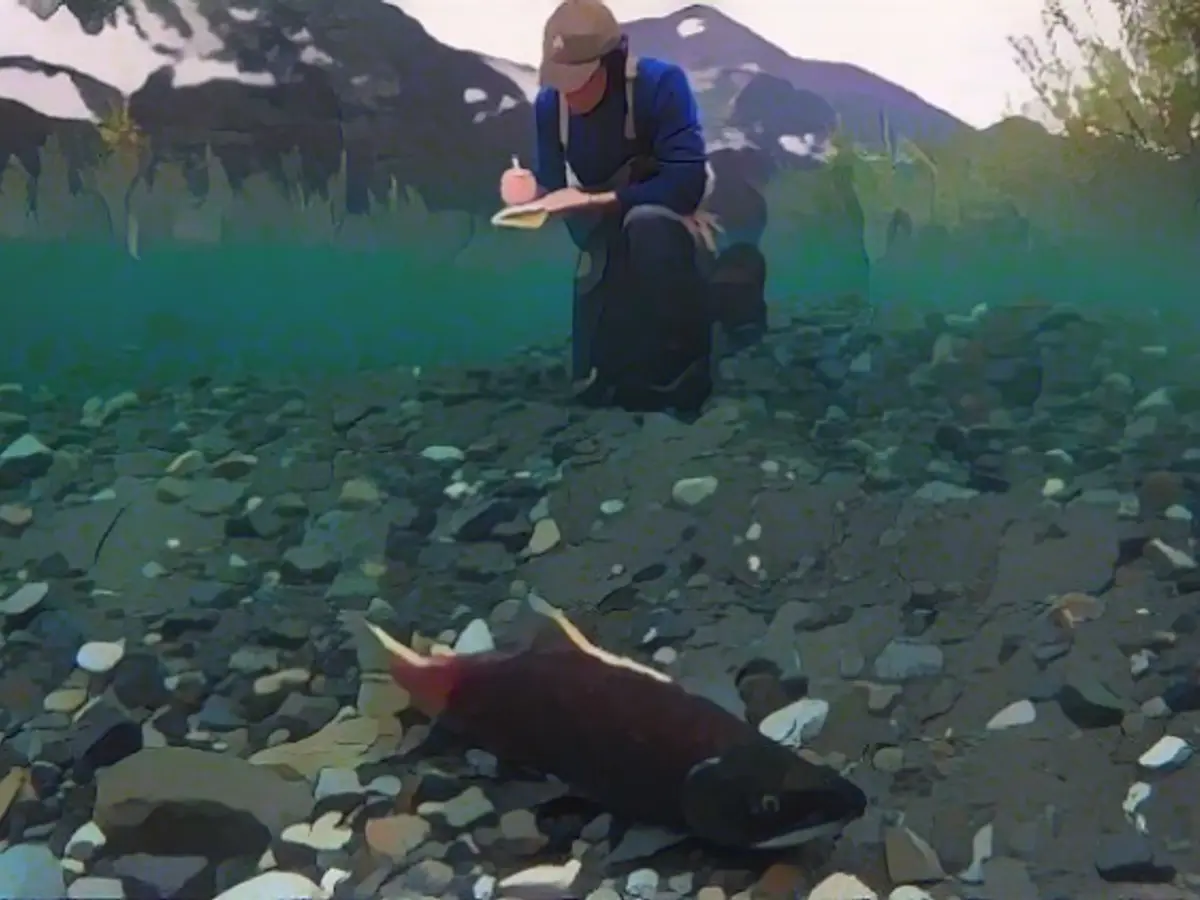New habitats - for salmon or mining?
In many regions of the world, glaciers are disappearing - the resulting rivers and streams could serve as new spawning grounds for salmon. But the mining industry is also already lurking on the land that is being freed up, hoping to gain access to valuable natural resources.
In Canada and Alaska (USA), the retreat of glaciers as a result of climate change is creating new habitats. Scientists have now explored the border area between the two countries to determine where potential new salmon spawning grounds overlap with the claims (staked claims) of mining companies. As the mining of valuable ores and gold often goes hand in hand with environmental damage, the researchers led by Jonathan Moore from Simon Fraser University in Burnaby (British Columbia, Canada) have identified areas worthy of protection in the landscape that is currently still covered by ice. Their study has been published in the journal "Science".

By the year 2100, 60 to 100 percent of the glaciers in western Canada will have disappeared, Moore and colleagues write, referring to another recent study. Two years ago, Moore's team published a study in which they examined the expansion of salmon ranges in western North America under different climate change scenarios. This is because when the shortening glaciers open up valleys, rivers and streams, Pacific salmon, including the sockeye salmon (Oncorhynchus nerka), can spawn further and further towards the upper reaches of the river.
Salmon territories versus mining company claims
In the current article, the researchers compared the potential salmon territories in northwest British Columbia and southeast Alaska with the claims of mining companies. In the regions studied, most of which are still hidden under glaciers, salmon could colonize rivers and streams with a total length of 4973 kilometers. Of this, eleven percent or 564 kilometers are in areas where the nearest staked claim is less than five kilometers away; if mining is actually carried out in the future, these areas could be affected by environmental damage. 286 rivers and streams (six percent) are located directly in claim areas.

In British Columbia, companies and individuals can stake claims for potential mining projects via an online portal for a small fee. This also applies to glaciated regions, with the exception of nature reserves and some other areas. "Mining claims grant the right to explore, which can have its own impact on the environment," write the researchers. According to the researchers, even if claims are speculative and no mining project occurs, they represent obstacles to forward-looking planning and conservation of the natural state.
Rights of use for indigenous peoples
In addition, the land in question was never ceded to the Canadian state by the indigenous peoples. In the meantime, a law in British Columbia grants the descendants of the indigenous peoples extensive rights of co-determination in land use. However, this law is not yet enshrined in many other laws, including the Mineral Tenure Act, which is essential for mining. "The connection between glaciers, salmon, indigenous rights and mining is a globally relevant example of the urgency of forward-looking science and policy for climate resilience and environmental justice," write the authors of the study.
The scientists call for better protection of areas where claims have not yet been staked. "With our land use plans and conservation measures, we are not saying no to industry everywhere," Tara Marsden from Simon Fraser University, co-author and Indigenous herself, is quoted as saying in a statement from her university. Instead, the researchers, together with indigenous representatives, want to show a way to better deal with the land that the melting ice is releasing. "This paper also highlights the need to look carefully at environmental laws and ensure that they protect not only the habitats of today, but also the habitats of tomorrow," Moore says.
Read also:
- Indigenous peoples in British Columbia have extended rights of co-determination in land use due to a law passed, yet this law is lacking in other essential acts, such as the Mineral Tenure Act, which can impact mining activities.
- The retreat of glaciers due to global warming in western Canada by 2100 could potentially open up new habitats for fish, like Pacific salmon, to spawn further upstream, a change that climate change scenarios have indicated.
- Mining companies have already staked claims in areas that could potentially become new salmon spawning grounds in northwest British Columbia and southeast Alaska, leading to potential conflicts between salmon territories and mining activities.
- Environmental protection and sustainable practices are crucial in dealing with the land released by melting glaciers in areas with mining claims, ensuring the future habitats of endangered species like salmon are protected.
Source: www.ntv.de







